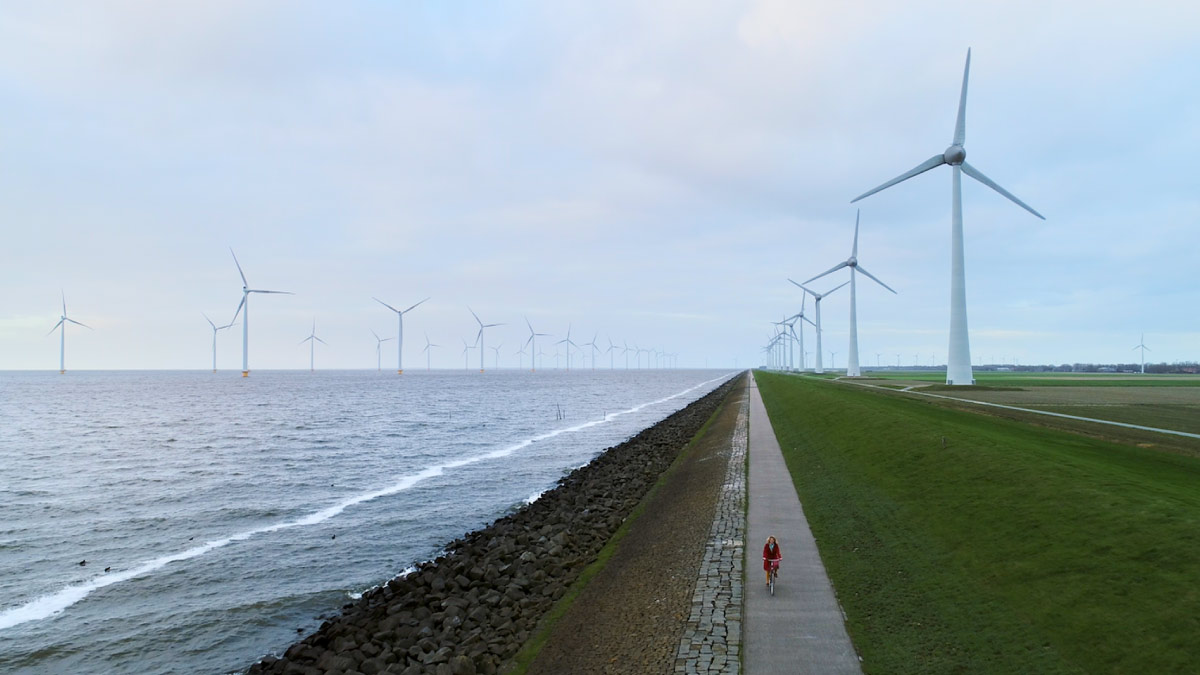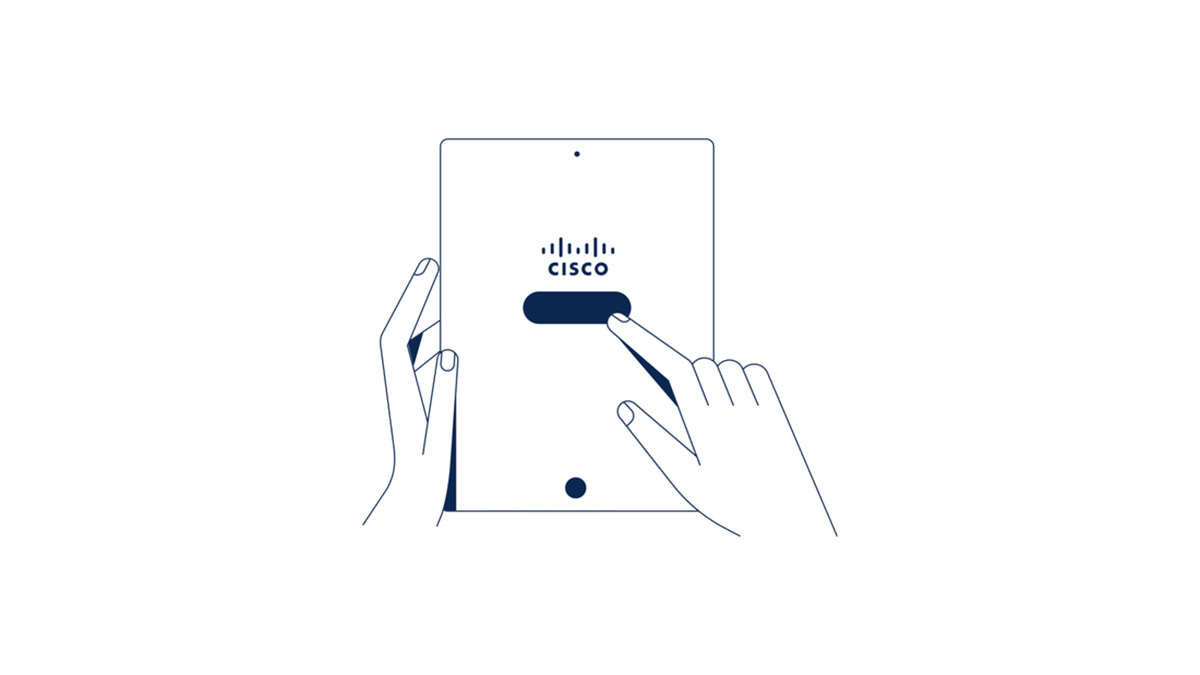The global quest for sustainability acquired new urgency in 2023 as weather records were smashed around the world and scientists warned of passing tipping points. The need to embrace sustainable practices is clear—and Cisco is aiming to lead the way.
“We need to limit temperature rise to no more than 1.5ºC to avoid catastrophic changes to the climate, and we’re currently at 1.1ºC,” said Mary de Wysocki, senior vice president and chief sustainability officer at Cisco, in a briefing call with journalists across Asia Pacific.
“We must build a sustainable future in which we phase out our reliance on fossil fuels, address centuries’ worth of pollution, provide economic opportunities to communities around the world, and align our activities within the physical boundaries of our Earth,” she said.
De Wysocki stressed that digital technologies have a key role to play in helping reduce greenhouse gas emissions while improving wellbeing and creating opportunities for global communities. To that end, Cisco is leading on sustainability through three pillars in what it calls the Plan for Possible.
“We’re focusing on not just a sustainable future, but a regenerative one,” de Wysocki said. “Regeneration means moving beyond a doing-no-harm mindset into one in which we build the capacity [and] our social and environmental systems to heal and thrive.”
The first pillar of the plan is to accelerate clean energy adoption and net zero emissions ambitions. Then comes the evolution to a regenerative, circular model of doing business. Finally, Cisco aims to scale efforts to foster an inclusive future and a healthier planet.
On energy, Cisco has already been setting and achieving greenhouse gas reduction goals for 15 years. This activity has focused on the carbon footprint from company activities and the energy it uses—so-called scope 1 and 2 emissions.
Cisco technology is also helping to cut emissions from product use by reducing the amount of energy used in a connected economy.
For instance, said de Wysocki in the journalist briefing, a Cisco 8201 router equipped with Cisco Silicon One processors consumes 96 percent less energy and provides 35 percent more bandwidth than previous products that lacked the carbon-saving chips.
Reducing emissions across the value chain is a critical part of Cisco’s commitment to achieving net zero emissions across all scopes by 2040.
In fiscal year 2022, only 1 percent of the company’s emissions fell under scopes 1 and 2, while the rest were from upstream and downstream activities such as the embodied carbon in purchased goods and the greenhouse gas footprint from the use of Cisco products.
Regarding circularity, “we’re designing out waste,” said de Wysocki.
Cisco has a goal of incorporating circular design principles into all of its new products and packaging by fiscal 2025. Cisco customers can also return any of the company’s products at no cost, for refurbishment or recycling.
And when it comes to an inclusive, healthier planet, “It’s important to recognize that our value chain benefits from really resilient ecosystems, both financially and ecologically,” de Wysocki said.
To help with this, Cisco is supporting the use of technology to improve communities and preserve natural ecosystems, for example using mapping systems to help fight wildfires and Cisco Spaces to improve the experience of people in London’s Canary Wharf.
Vish Iyer, vice president of architectures for Cisco in Asia Pacific, Japan, and China, said during the press call that sustainability had become a key priority for leaders in the region. “In every country, from Singapore to Japan, this is a top-down initiative,” he said.
“Sustainability is no longer a tick in the box,” he added. “Every company is looking at how they can accelerate this journey, because it’s right for the planet and it’s right for business.”
This dual benefit is becoming apparent in areas such as data centers, where lower energy use equates to lower running costs, and smart buildings, where improved efficiency goes hand in hand with improved comfort and productivity.
“By making the building smarter, we are making the office a magnet to bring people back,” Iyer said.
At Cisco offices in New York and Atlanta, he said, “We’ve saved 40 percent energy costs by creating a superior employee experience—and that template is now being leveraged by companies globally.”





